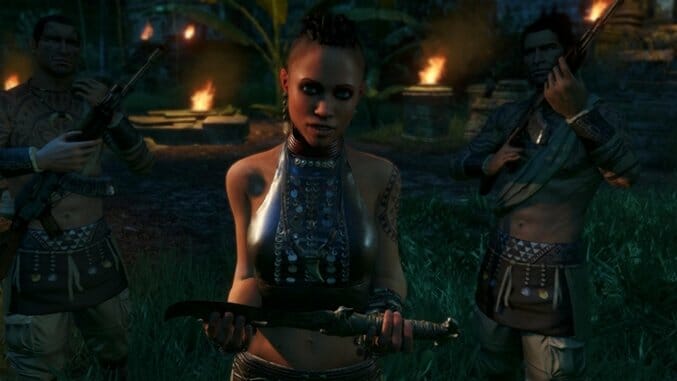The First Rule of Satire is: You Do Not Talk About Satire

There’s an argument that comes up with predictable frequency when talking about satire. Let’s call it the Fight Club Stance, or if you want a less tired example, the Wolf of Wall Street Position. Proponents of these films argue that, for satire to truly work, for it to feel legitimately subversive, it needs to avoid an obvious, upfront approach with its criticism and seemingly embrace what’s being critiqued. This would include Fight Club’s depiction of the damage created by a violent masculinity, or the final ruin of Jordan Belfort due to his communion with the excess in Wolf of Wall Street. By seeding negative depictions of these actions within what looks like something that would generally celebrate the subject, goes the argument, you necessarily comment on and critique the subject matter.
It’s not an argument without merit, but it runs into problems when it’s used to dismiss critique of a work’s depiction outright. It often disregards both the subtext and context which the work exists in. Without direct engagement or critique of a subject it’s easy to end up advocating for it due to values of society and the context it exists in. That’s why Fight Club ended up inspiring real life acts of imitational violence and ironically became a masculine call to arms. It’s why some people look up to the rich and charismatic Jordan Belfort of Wolf despite his actions clearly being those of a horrible human being. In a society that values a dominant masculinity and the accumulation of capitalistic power by any means, depictions of those actions can become aspirational. Combine it with a slick, hedonistic, Hollywood aesthetic and it creates an atmosphere of reverence for the subject that is ostensibly being critiqued.
There’s a mentality here that believes if you exaggerate something to a large enough degree it will draw attention to its own absurdity. That’s not always enough, especially in a context where we are routinely taught to dismiss those ideas. Take for example the handling of Far Cry 3. While the lead writer, Jeffrey Yohalem, attempts to subvert tropes and stereotypes regarding violence, morality and race, the format of its presentation ends up reinforcing those harmful ideas. Yohalem insisted that by casting the player as a gun or tool of the Rakyat (literally meaning “the people”) and creating a white protagonist referred to as “Snow White” he created a subversion of the stubborn colonial tropes that have existed since the 19th century. But how many games have you played that cast you as “the gun,” as the tool for a greater machine’s aspirations? That describes the majority of shooters, including every entry of the Far Cry series itself. The “removal” of a character’s agency doesn’t make it any less of a power fantasy, especially when it’s already the basis of the genre.
That failure to openly critique is even more galling with Far Cry 3 due to its racial politics. Yohalem’s depiction of the Rakyat play into the tropes of the savage natives, alongside the aforementioned title of “the people,” which only exists to further remove their individuality and humanity. As Yohalem says himself, “It’s the laziest name for a tribe ever, they’re not real, they’re a metaphor.” There’s more to say, but these are old arguments. What’s interesting now is how its pairing with the open world structure actually serves to continue to undermine its intention. Just as Metal Gear Solid V’s open world structures exaggerated the colonialist undertones of the game, a similar process occurs here. Far Cry 3 presents you with a gameplay loop of dominating a landscape, extracting its resources, and becoming more powerful by learning the rituals of the native people and outperforming them at it. By using this loop it rewards you for continually performing and engaging directly with those colonialist tropes. Even its attempt at subversion, by making the player a tool of the Rakyat, plays into those tropes, casting the Rakyat as mystical natives whose way of life corrupts the white protagonist and turns him against his white friends.